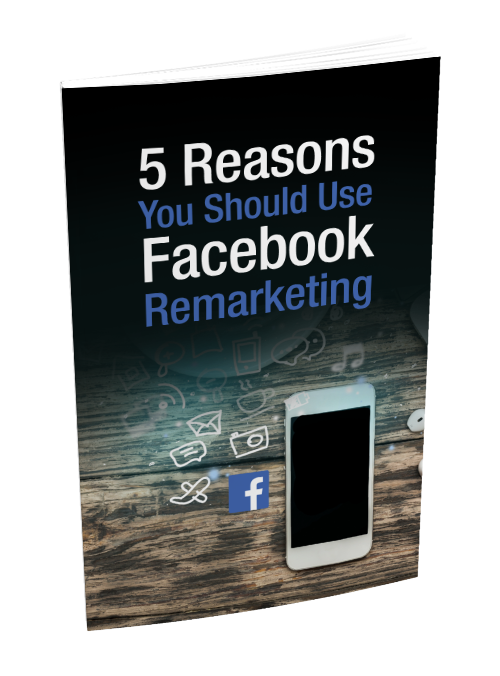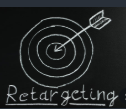Think about walking down the average sidewalk. How many storefronts do you normally walk past without so much as looking up to see what’s in the window? This is normal behavior, seeing as most of us have no interest in 90% of what we see around us. Chances are that you came for something specific, and that very few things will be able to distract you from your mission.
Let’s say you came to town for a gallon of milk, but that you also love yoga, so you might stop and look in the window of the occasional sports store, health store, or book shop.
Everything else is just noise.
It’s the same thing online. These days we have become desensitized to ads to the point that we give very little consideration for most of the flashing images vying for our attention. That is after all, what 90% of the internet and advertising around us is designed to do – GET OUR ATTENTION.
Targeted Marketing
Targeted marketing on the other hand is designed specifically to get around these issues and limitations. A targeted ad is an ad that is created with you in mind– or at least feels that way. To extend the metaphor, it’s a little bit like walking down a sidewalk and suddenly everything in all the store windows is stuff that you would have an interest in.
So, the yoga enthusiast walks down the sidewalk and in the bookstore she sees the owner holding up his latest book on yoga techniques. She walks past the sports store to see the coolest yoga mat in the window. Even at the grocery store headed for the milk, there is an at home DVD of a yoga daily yoga routine.
Rather than head further and look in another shop, this customer now has no reason to go further – she knows with certainty that this shop has what they’re looking for.
To achieve this though, you can’t just use conventional targeted marketing online. Targeted marketing takes into account demographics, but it doesn’t take into account what a person is actively seeking out. It cannot know what they’re doing at that given moment.
Re-marketing
Re-marketing on the other hand can, it works by showing things that the customer has previously been looking for. In this case, the milk.
Have you ever spoken to your Mom or Grandmother and found that they are mystified or almost spooked by the way that the ads they’ve seen online manage to be directly relevant to them? To show them things that they have been actively looking for?
It’s not magic: it’s re-marketing. And this is what makes it so powerful.
Re-marketing leaves cookies on computers, allowing advertisers to identify people who have visited their pages before and shows them the products that consumers are interested in.
The best part about this is that it lets you potentially market to people who thought of buying something and then became distracted, but that is just one way to use it.
Other Forms of Re-marketing
Did you know that you could use re-marketing in order to build your engagement and brand visibility? Showing an ad to someone who has been to your site and has come close to buying is not only a good way to sell, it’s also a good way to maintain engagement.
The more engaged someone is with your brand, the more likely they are to eventually buy something from you. The more familiar they are with your brand, the more likely they are to eventually buy something.
People buy from those that they know, like, and trust. The more they know your brand, the more likely they are to buy from you.
This is why so many companies spend a huge amount of money on advertising aimed at creating brand awareness. They are creating the “know” factor. While you might not be able to spend millions in advertisements, you can keep showing your product to people until it feels familiar, and they are more comfortable buying it.
Email Lists
Another way re-marketing can also be used in customer lists. For instance, you can use a customer list (such as an email list) to sell to your email list. You email your list of new product launches, updates on products, or just simple info on products. To have signed up for a mailing list, they must at least have some interest in what you’re doing at some point in time. If you catch them on the right day, they might just buy.
As you can see, re-marketing can be a very effective way of marketing your products. It is used everyday on Facebook, and it drives your marketing costs down tremendously. Download the free course on Facebook Retargeting here.



